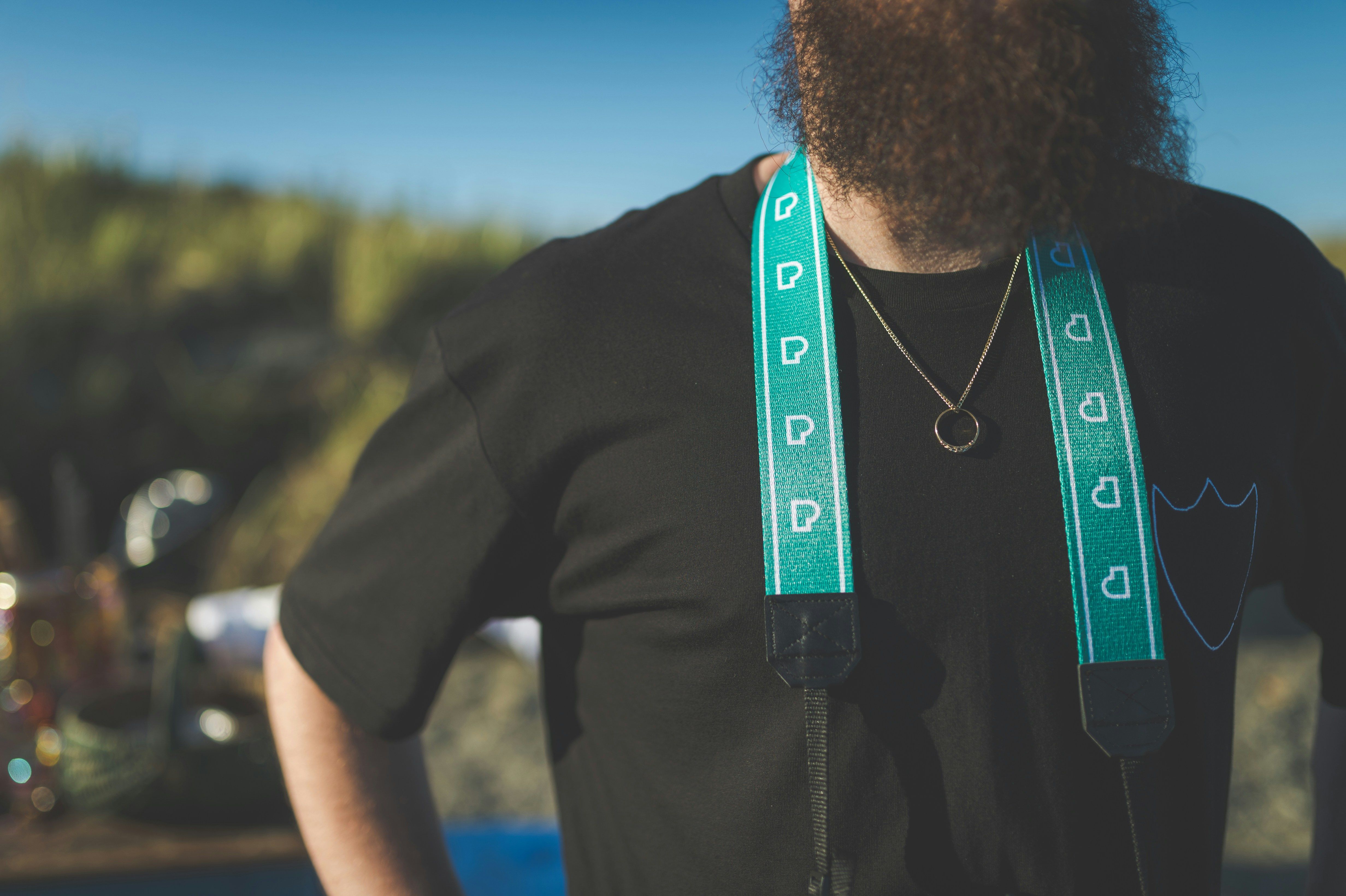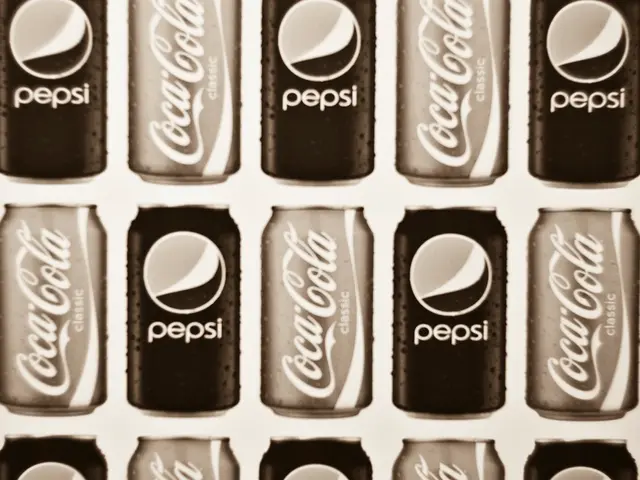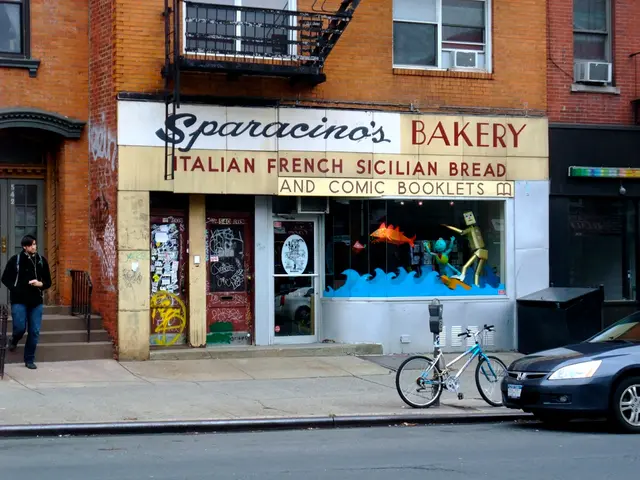A comprehensive overview of the top PVA adhesives on the market for your crafting needs
From crafting and home improvements to repairs and even DIY slime, PVA glue is a must-have item for every household. This comprehensive guide delves into the world of PVA glue, unveiling its properties, uses, and even offering a homemade recipe.
What is PVA Glue?
PVA (polyvinyl acetate) glue is a thermoplastic vinyl polymer with a rubbery consistency, functioning as an adhesive for bonding porous materials like paper and wood. It is generally white and dries transparent, though colored options are available. Unlike other adhesives, it does not contain harmful toxins.
Polyvinyl Acetate (PVA) composition
PVA glue is made up of a combination of various chemical elements. Its chemical formula is (C4H6O2)n. Despite its technical makeup, it poses no risk to users.
Aliphatic Glue vs. PVA Glue
Aliphatic glue, a substitute for PVA, is derived from aliphatic compounds. Both are popular in DIY and crafting, but they differ significantly. Aliphatic glue is heat and water-resistant, lending itself to stronger bonds, especially in woodworking and construction applications.
Key differences
- Aliphatic glue exhibits a yellowish color and creamy consistency, contrasting PVA's rubbery texture.
- Aliphatic glue may require proper handling and safety measures due to its potential toxicity.
Is Elmer's Glue PVA?
Yes, Elmer's Glue All, one of the most well-known brands, is a type of PVA-based glue. Elmer's products also contain other components like ethanol and acetate, but PVA remains the primary ingredient.
Uses of PVA Glue
- Repairing and fixing broken items
- Layering for craft projects
- Home improvements
- Decorative and artistic crafts
- Textiles and needlework
PVA Glue in the Marketplace
PVA glue can be found in numerous stores, both online and brick-and-mortar. Supermarkets, craft stores, all-purpose stores, hardware shops, corner stores, and online retailers like Amazon and eBay all sell PVA glue.
Popular brands include Elmer's, Gorilla Glue, Mod Podge, and Unibond.
Top PVA Glues
- Mod Podge: A versatile adhesive suitable for multitude purposes
- Craft Planet PVA Glue: An affordable and non-toxic option ideal for children
- Elmer's PVA Glue: A reliable, everyday choice for general use
- Fast Tack PVA Glue: An ideal pick for cardmaking and paper crafting due to its quick-drying feature
Making PVA Glue at Home
Though buying PVA glue is more convenient, it can be made using simple household ingredients. Following a simple recipe, PVA glue can be prepared with flour, water, sugar, and white vinegar or lemon juice.
DIY PVA Glue recipe
Ingredients
- 1 cup water
- 2 tablespoons all-purpose flour or cornstarch
- 1 tablespoon sugar (optional, improves tackiness)
- 1 tablespoon white vinegar or lemon juice
Method
- In a saucepan, whisk together the flour (or cornstarch) and sugar.
- Gradually add the water while whisking to avoid lumps. Continue until the mixture is smooth.
- Place the saucepan on medium heat.
- Stir continuously for 5-10 minutes until the mixture thickens to a paste-like consistency.
- Remove from heat and stir in the vinegar or lemon juice.
- Cool to room temperature.
- Transfer to a clean, airtight container for storage. Refrigerate for up to 1-2 weeks.
PVA Glue Drying Time and Removal
PVA glue usually takes approximately 30 minutes to dry. However, this time varies depending on application and brand. To remove PVA glue from various surfaces, follow the cleaning instructions below:
Removing PVA glue from clothes
- Pat or scrape off the wet glue gently.
- Use warm water, washing powder, or washing-up liquid to treat the stain with a toothbrush.
- Wash as usual.
Removing PVA glue from wood
- Wipe the wet glue off using a damp cloth and warm water.
- If the glue remains, apply a small amount of white spirit or turpentine.
- Allow it to sit for a while before wiping away the residue with warm water.
Removing PVA glue from carpet
- Absorb the wet glue using a towel, cloth, or sponge.
- Apply nail polish remover to the towel and press it onto the stain.
- Clean the area again after the glue has been lifted. Vacuum the treated area.
Removing PVA glue from walls
- Scrape the dried glue away when possible, avoiding damage to the paint.
- Dilute warm water with a little washing-up liquid and gently wipe the wall.
- For stubborn stains, apply a tiny amount of white spirit or turpentine using a cotton swab. Allow it to sit, then wipe clean before treating with warm water.
- Whether you're into scrapbooking, papercraft, needlework, upcycling, or creative projects in general, PVA glue is an essential item for your toolkit.
- From fixing fashion-and-beauty products to mending food-and-drink containers, PVA glue's versatility extends beyond crafts and home-and-garden projects.
- PVA glue can even help improve your relationships and strengthen your bond with your pets or help you create fond memories of your travels and cars by preserving mementos.
- In a world where shopping is a lifestyle, PVA glue is a must-have item to keep in your shopping essentials for any DIY or crafting endeavors.
- Whether you're using it for its intended purpose or finding creative new ways to use it, PVA glue has become an indispensable tool for homes and workspaces everywhere.
- From the traditional Elmer's Glue All to specialized options like Fast Tack PVA Glue, brands like Mod Podge, Craft Planet, Gorilla Glue, and Unibond cater to a wide range of diverse needs and preferences in the PVA glue market.
- From its original use as an adhesive for porous materials like paper and wood to its numerous applications in the modern world, PVA glue continues to evolve, showing no signs of slowing down in its versatility.








